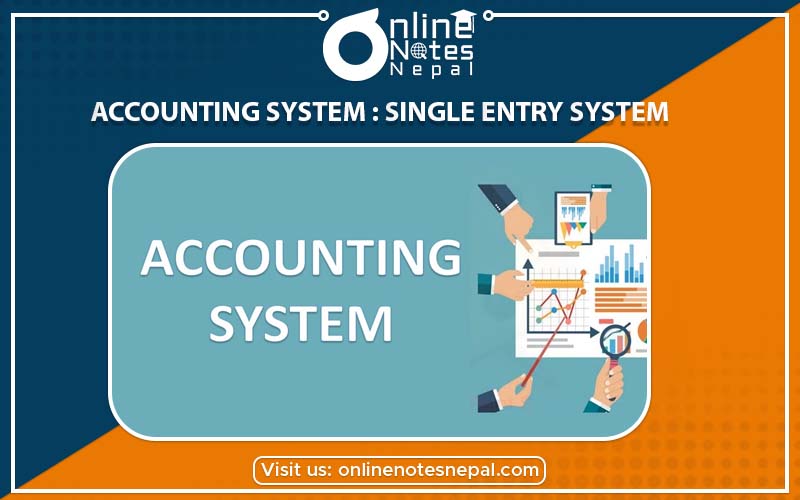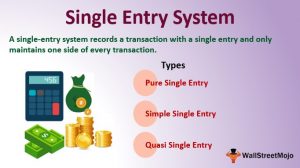Published by: BhumiRaj Timalsina
Published date: 20 Jan 2022

The practice of book-keeping with the invention of money in Lydia, Greece during 700 B.C. Different types of recording system were used for recording the financial transactions at that period. Due to increase in the volume of the financial transaction, the traditional type of accounting system became unable to fulfill the purpose of accounting. The new and modern accounting system gradually developed to maintain a systematic record of the financial transaction. The accounting system can be classified as below:
Single entry system is that type of accounting system which has no fixed set of rules and principles for recording the financial transaction. It does not follow the basic principles of accounting. It does not consider the dual effect of all the transaction. This system only maintains cash and personal accounts but ignores real and nominal accounts. It prepares cash book and personal account of debtors and creditors. It has no any specific rules and principles for preparing the accounts. It is also known as accounting for incomplete records.The following are the main definitions of single entry system: Single entry system is a system of book- keeping in which, as a rule, the records of only cash and personal accounts are maintained. It is always incomplete double- entry system varying with circumstances.Single- entry system is a method employed for recording transactions, which ignores the two-fold aspects and consequently, fails to provide the business man with information necessary for him to be able to ascertain the position.
